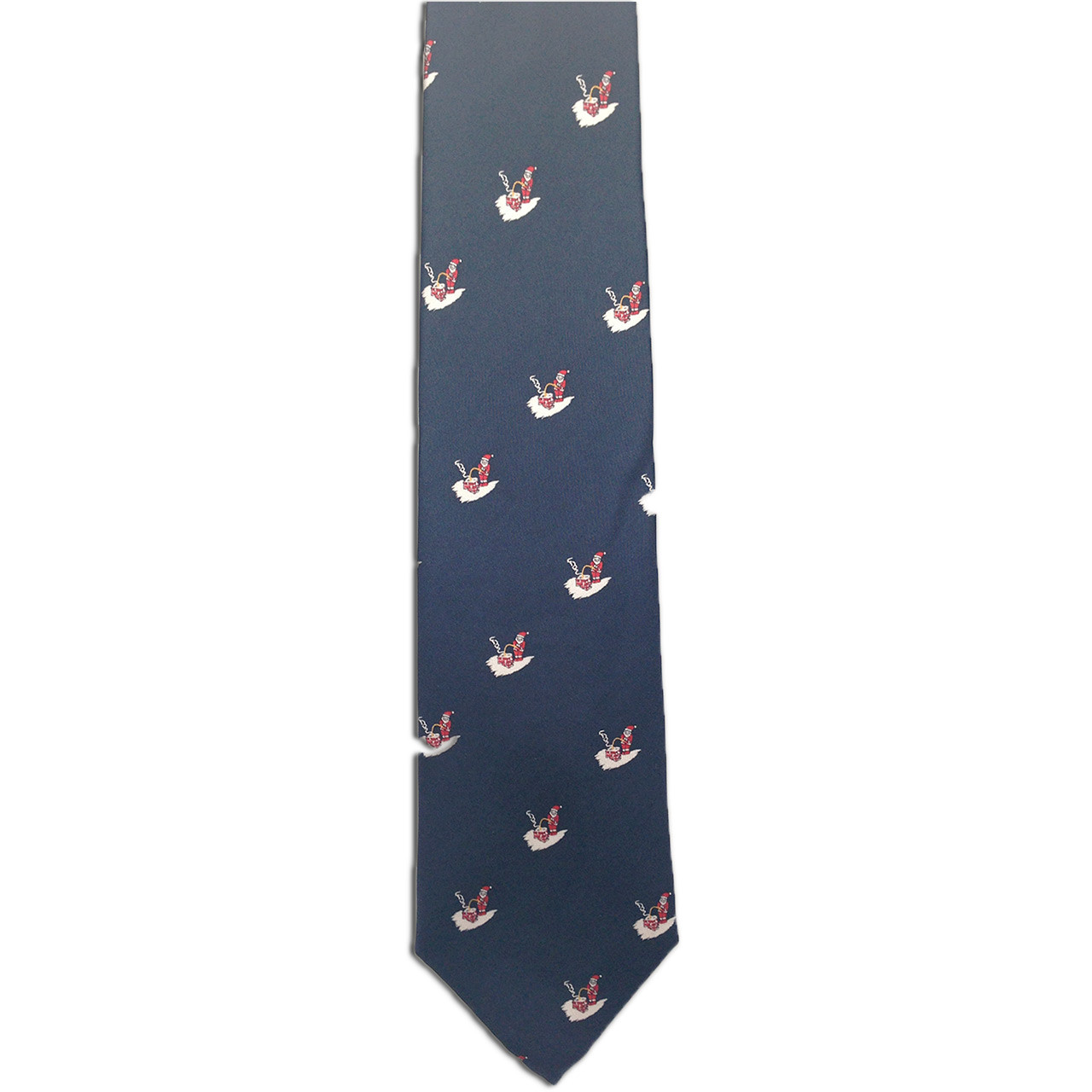BigRob
Senior Member
- Joined
- Apr 27, 2013
- Messages
- 177
- Reaction score
- 13
In John Molloy's "New Dress For Success," a men's style book from the '80s, the author claims that, matching aside, certain ties create the impression that their wearers are upper-class, professional, and competent (i.e. a red & purple paisley tie), while other ties cause their wearer to be perceived as lower-class and incompetent (i.e. a white-dotted red tie). I found this to be enormously fascinating, as Molloy claims to have reached his conclusions by conducting studies -- he'd show pictures of men wearing different ties to people and having them rate the men on trustworthiness, competency, etc.
I imagine that the styles/colors that test well with executives are subject to change, and have changed since this book was published. Is anyone aware of similar tests having been conducted? As a young professional in NYC, I'd find accurate, updated information on this subject to be very valuable.
I imagine that the styles/colors that test well with executives are subject to change, and have changed since this book was published. Is anyone aware of similar tests having been conducted? As a young professional in NYC, I'd find accurate, updated information on this subject to be very valuable.
Last edited:




